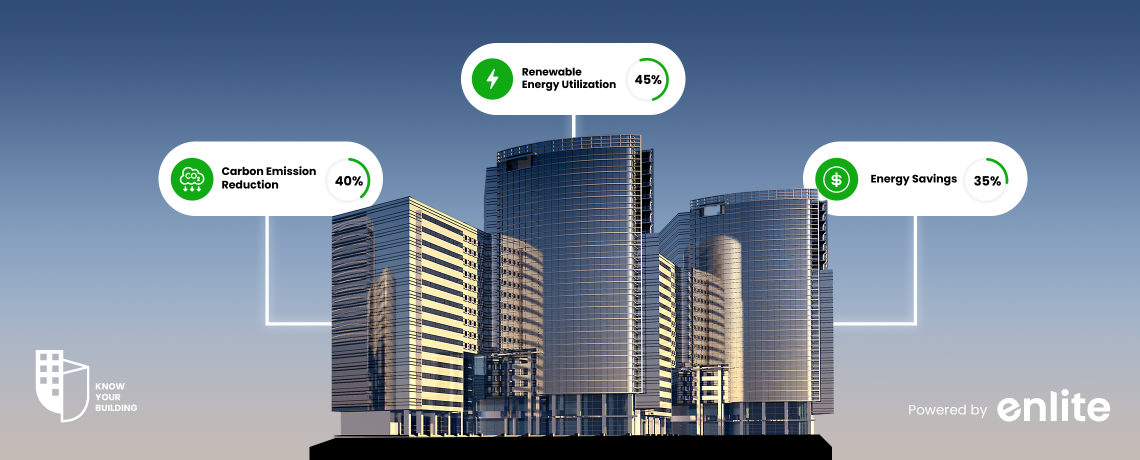Introduction
In an era where technology is rapidly reshaping every aspect of our lives, the realm of building management is no exception. Traditional methods of managing building functions are giving way to innovative solutions that leverage the power of wireless communication. The Wireless Building Management System (WBMS) is at the forefront of this transformation, offering a new paradigm for optimizing building operations and enhancing efficiency. In this article, we will delve into the intricacies of Wireless Building Management Systems, exploring their core components and the myriad benefits they bring to the table.
Understanding Wireless Building Management Systems
A Wireless Building Management System is a modern approach to monitoring and controlling various building functions such as heating, ventilation, air conditioning, lighting, and security. Unlike conventional systems that rely on intricate and often cumbersome wired connections, a WBMS employs wireless technology to enable seamless communication between different building components. This wireless approach eliminates the need for extensive wiring installations and allows for greater flexibility in configuring and expanding the system as needed.
Key Advantages of Wireless Building Management Systems
Enhanced Flexibility and Scalability: One of the standout features of a Wireless Building Management System is its remarkable flexibility and scalability. Traditional systems often require significant efforts and resources for adjustments or expansions. In contrast, a WBMS allows for easy addition or relocation of sensors, actuators, and controllers without the constraints of physical wiring. This adaptability is particularly valuable as building layouts and functions evolve over time.
Reduced Installation and Maintenance Costs: The implementation of a conventional building management system can be a complex and costly endeavour, primarily due to the extensive wiring and infrastructure requirements. A Wireless Building Management System significantly mitigates these expenses. The absence of intricate wiring not only reduces installation costs but also translates to lower maintenance expenses over the system’s lifecycle.
Improved Energy Efficiency: The quest for energy efficiency is a cornerstone of modern building management. A WBMS excels in this area by providing real-time data insights that empower building managers to make informed decisions. Wireless sensors can monitor occupancy, temperature, and lighting conditions, enabling dynamic adjustments that optimize energy consumption. This approach leads to substantial energy savings over time, contributing to both environmental sustainability and cost reduction.
Real-time Monitoring and Data Analytics: The ability to monitor building functions in real-time and analyse data is a hallmark of a Wireless Building Management System. Managers can access a wealth of information regarding occupancy patterns, temperature variations, and equipment performance. This data-driven approach facilitates proactive decision-making, timely maintenance, and predictive analytics, ultimately enhancing overall building performance.
Seamless Integration and Compatibility: In a modern building ecosystem, various technologies and systems need to work harmoniously to achieve optimal results. A Wireless Building Management System seamlessly integrates with other smart building technologies, such as Internet of Things (IoT) devices and cloud platforms. This compatibility fosters a unified environment where different systems collaborate efficiently, maximizing the benefits of each component.
The advent of Wireless Building Management Systems heralds a new era in the way we optimize and manage our built environments. With its enhanced flexibility, reduced costs, improved energy efficiency, real-time monitoring capabilities, and seamless integration potential, a WBMS presents a compelling case for adopting wireless technology in building management. As we navigate a world driven by connectivity and innovation, embracing the power of a Wireless Building Management System can undoubtedly pave the way for smarter, more efficient, and future-ready buildings.
A Comparison: Wireless vs. Conventional Building Management Systems
A comparative analysis between Wireless Building Management Systems and conventional wired systems underscores the advantages and highlights the distinctions that set WBMS apart:
Installation and Wiring: Traditional systems demand extensive wiring, often resulting in complex installations and higher costs. In contrast, a Wireless Building Management System requires minimal wiring, simplifying the installation process and significantly reducing associated expenses.
Flexibility and Scalability: Conventional systems may struggle to accommodate changes or expansions due to fixed wiring. A WBMS excels in flexibility and scalability, allowing for seamless integration of new components and effortless system modifications.
Maintenance Costs: The maintenance of wired systems can be cumbersome and costly, involving troubleshooting intricate wiring. A WBMS circumvents this challenge by minimizing wiring-related maintenance, leading to lower overall maintenance expenses.
Energy Efficiency: Wireless systems shine in energy efficiency due to real-time monitoring and dynamic adjustments. Conventional systems may lack the agility to optimize energy usage as effectively as a WBMS.
Real-time Monitoring and Analytics: Wireless Building Management Systems provide real-time data insights, enabling proactive decision-making and predictive maintenance. Conventional systems may offer limited monitoring capabilities, making it challenging to achieve the same level of efficiency.
Integration: WBMS seamlessly integrates with other smart building technologies and modern IoT devices. This compatibility fosters a holistic building ecosystem, while conventional systems may face limitations in integrating diverse components.
Future Trends in Building Management: Wireless Innovations
The trajectory of building management is undergoing a profound shift as wireless technology continues to evolve. The future of building management is poised to witness a proliferation of wireless innovations that will further enhance efficiency, sustainability, and user experience.
AI-Driven Predictive Analytics: Wireless Building Management Systems are expected to harness the power of artificial intelligence to analyse data patterns and predict potential issues. AI algorithms will enable proactive maintenance by identifying anomalies and suggesting optimal adjustments before problems escalate.
5G-enabled Real-time Control: The advent of 5G technology will usher in a new era of real-time communication and control in building management. With its ultra-low latency and high data rates, 5G will enable instantaneous response to changing conditions, allowing for more precise and efficient adjustments in building functions.
Edge Computing: Wireless systems will increasingly incorporate edge computing capabilities, enabling data processing and analysis to occur closer to the data source. This will reduce latency and enhance real-time decision-making, particularly in applications where immediate action is critical.
Energy Harvesting: To address concerns about battery life and environmental sustainability, wireless devices will utilize energy harvesting techniques. These methods, such as solar or kinetic energy conversion, will allow sensors and actuators to generate power from their surroundings, prolonging their lifespan and reducing reliance on external power sources.














